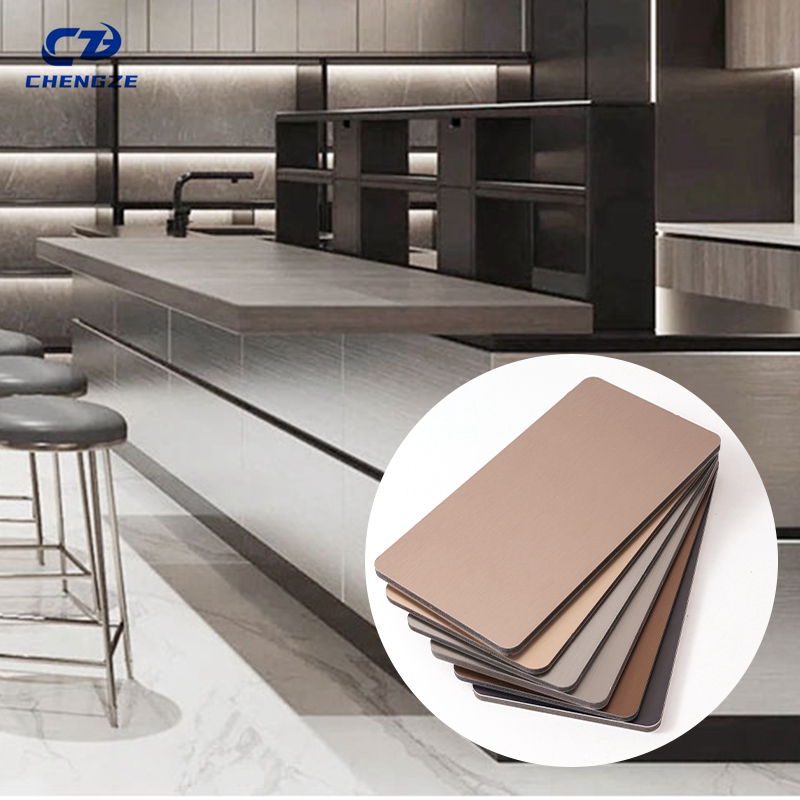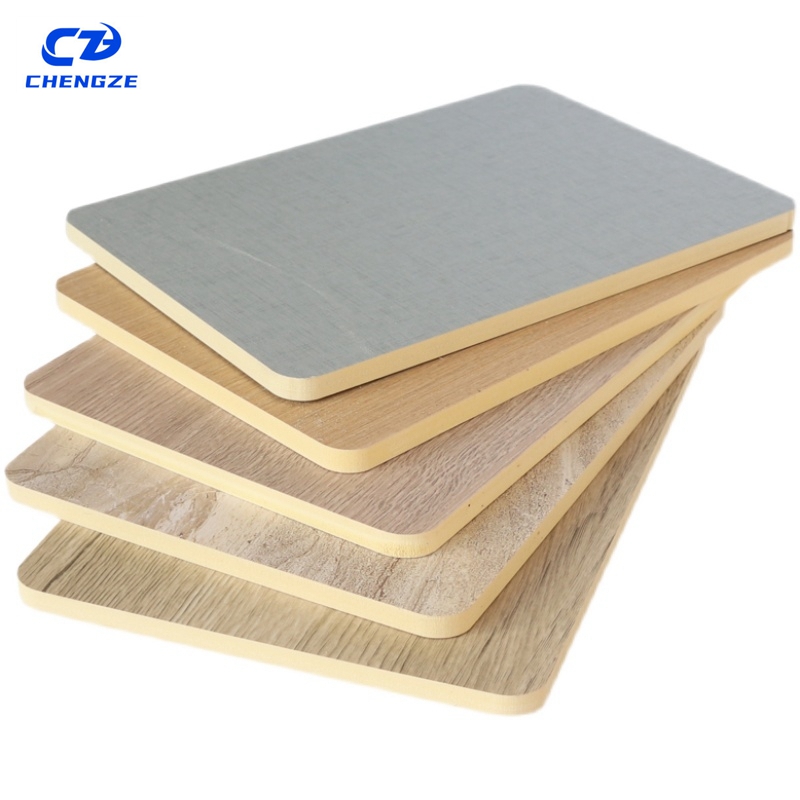As a decorative material, wood veneer plays an important role in architecture and interior design. It is not only beautiful, but also has good durability and environmental protection characteristics. Therefore, it has gradually become a favorite choice of designers and consumers in the context of a long history and continuous development.

Development from ancient times to before the Industrial Revolution
The history of wood veneer can be traced back to the ancient civilization period. Early humans began to realize that wood could be used not only for building structures, but also as a material for decorative surfaces. For example, wood veneer decoration was used in the tombs of the pharaohs in ancient Egypt, demonstrating the high level of mastery of wood carving and application technology at that time.
Over time, various civilizations such as ancient Greece, ancient Rome and East Asian culture have developed their own unique wood veneer techniques. These techniques are not limited to simple wood board applications, but also include complex carving and splicing techniques to decorate temples, palaces and noble residences.
The advent of the Industrial Revolution brought innovation to the production of wood veneer. Mechanized production and process improvements have greatly improved production efficiency, allowing wood veneer to be used on a large scale in industrially produced buildings and furniture manufacturing. Technological advances during this period accelerated the popularity of wood veneer, turning it from an exclusive decoration for the elite into a wider range of decorative options.

Modernism and Wood Finishes in the 20th Century
The rise of modernist design in the early 20th century had a profound impact on the application of wood finishes. Modernism emphasizes functionalism and simplicity. As a natural material, wood finishes not only conform to these design concepts, but also enrich the sensory experience of interior space through its unique texture and color. Wood finishes are widely used in the works of famous architects such as Frank Lloyd Wright and Le Corbusier, becoming an indispensable element in modern architectural design.
Contemporary and Future Innovation and Development
With the improvement of environmental awareness and technological advancement, wood finishes continue to develop and present new trends in contemporary design. Modern manufacturing technology makes it possible to use composite wood finishes, sustainable wood utilization methods and laser engraving. These innovations not only increase the design flexibility and functionality of wood finishes, but also enhance their application prospects in sustainable buildings.
On the other hand, contemporary designers continue to explore the combination of wood finishes with other materials, such as glass, metal and concrete, to create more diverse and unique design styles. These experimental combinations not only enrich the decorative style, but also promote the advancement of wood veneer technology and the expansion of its application range.

Summary
As an ancient and modern decorative material, the development of wood veneer shows human innovation in the use of materials and the pursuit of environmental sustainability. From handicrafts of ancient civilizations to composite materials produced by modern industry, the evolution of wood veneer in the design field not only reflects social and cultural changes, but also indicates its continued importance in future decoration and architectural design. With the continuous development of technology and design concepts, wood veneer will continue to create creative and functional interior and architectural spaces for people.


